Sustainable Agriculture in the Andes
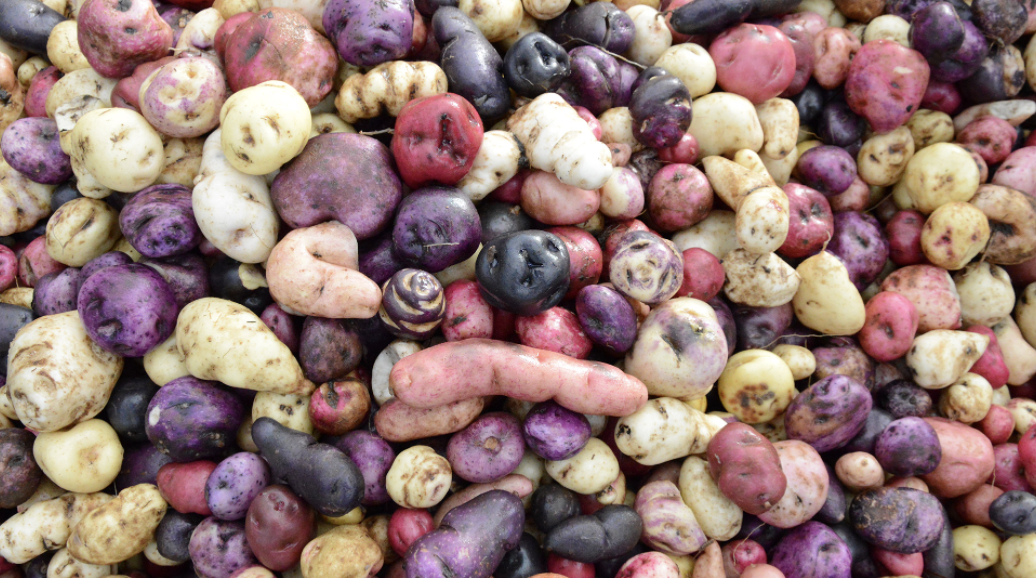
Sustainable Agriculture in the Andes
By: Lindsey Masterman (Willka T’ika intern)
The Peruvian Andes are the center of origin of the potato, one of the four staple crops of the world. Currently, there are more than 4,000 varieties of potato. However, for a time potato diversity suffered due to the colonization of Peru and subsequent flow of intellectual property rights over potato varieties from communities to larger gene banks and third parties. In order to reclaim their indigenous knowledge, reestablish their food sovereignty, and develop and maintain healthy ecosystems for future generations, six communities in the Andean mountains joined together to form The Potato Park, a Biocultural Heritage Territory that cultivates and protects over 2,300 potato varieties through sustainable agriculture.
 Agricultural Philosophy in The Potato Park
Agricultural Philosophy in The Potato Park
Sustainable Agricultural Practices
The Quechua people who make up The Potato Park’s agricultural practices demonstrate their deep spiritual respect for Pachamama, or Mother Earth. A true case study for sustainable agriculture, Quechua people use cover crops, intercrop to maximize species variety, and rotate plots out of production every 7 years. Additionally, cow, sheep or alpaca manure is used instead of fertilizer or pesticides, making the process 100% organic, as is the food grown and served here at Willka T’ika. Quechua people farm sustainably because they believe in ecological reciprocity and want to have high-quality food available to them, rather than out of a conscious effort to meet particular agricultural standards that one might find in the Western world. For example, one family might grow close to 140 different potato types rather than monocropping simply so they have a variety of potatoes to eat.
In addition to producing food, The Potato Park conducts extensive research about climate change adaptation. Due to climate change, particular pests that used to be harmless are becoming extremely damaging to plant health. Additionally, potato diseases are becoming more aggressive, the growing season is shrinking, and destructive extreme weather events are increasing in frequency. The Potato Park cross-breeds and tests potato varieties that are resistant to factors exacerbated by climate change in order to create potato varieties that can survive the changing growing conditions. The Potato Park also sent some of its seeds to the Svalbard Global Seed Vault in Norway to be stored for potential future breeding and cultivation.
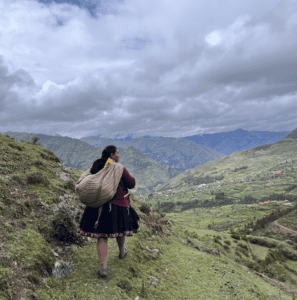
A Quechua woman walks through cultivated agricultural land from Paru Paru to Amaru, two communities in The Potato Park.
Quechua Farming Methodologies vs. Western Industrial Agriculture
Comparing The Potato Park to Western industrial agriculture systems brings to light profound questions about what a successful and sustainable food system should look like. Doing so forces us to reevaluate what a sustainable production capacity is, how and to what degree our food system should be monetized, and what must be done now to adapt our food systems to climate change.
Production Capacity in The Potato Park
An industrial agronomist would look at the carrying capacity of The Potato Park quite differently than a Quechua farmer would. Currently, The Potato Park operates more or less at the capacity that its members consider to be ideal, as they are able to feed their community with a surplus of potatoes leftover while ensuring that their land is arable for generations to come. However, a person looking to maximize short term yields (as industrial agronomists do) would likely assess The Potato Park as operating below their maximally productive state due to the fact that they leave plots to rest and regenerate, and do not optimize for the maximal output of any single crop variety.
As population numbers rise and demand for food grows with it, pressure on The Potato Park and other sustainable agricultural operations to increase their yields is expected to mount. The agricultural practices that could result from pressure to produce high yields, like increasing levels of inorganic inputs and tilling, would damage the future viability of that farmland. As rich farmland becomes more rare and valuable, it is important that all agriculture businesses rethink their conception of a maximally productive state and sustainable yield. The Potato Park’s methodology of sustainable agriculture provides a useful framework for how to find the true long-term maximally productive growing capacity of a plot of land.
Money and Food Sovereignty in The Potato Park
The role of money in The Potato Park’s food system is also dramatically different from that in Western industrial agricultural systems. These differing roles create different degrees of food sovereignty for consumers in each system. Industrial agriculture companies are nearly exclusively profit-driven and sell what they grow in bulk to anonymous end recipients for cash. This system disconnects people from having control over their food. Alternatively, farmers in The Potato Park receive direct value from their work by eating or trading what they grow amongst themselves, while money for the Park and some of its participants is earned through three collective microenterprises. The three collectives sell artisan goods, medicinal plant products, and meals through a restaurant, respectively.
Because money is not a barrier to receiving their food, people who live in The Potato Park have nearly complete food sovereignty, or control over their own food production and distribution. For this reason, during the COVID-19 pandemic, The Potato Park did not experience any food shortages like those which larger cities in Peru suffered. The Potato Park demonstrates a way in which basic food can be accessible to all people all the time while other items generated on farmland (such as natural dyes and medicinal plants) can be used to generate income.
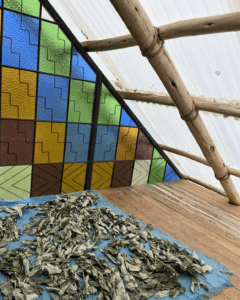
Eucalyptus leaves dry in the medicinal plant collective’s work building before being processed into teas and soaps.
Climate Change Adaptation in The Potato Park
The Potato Park demonstrates the strategies that should be implemented to adapt to climate change. While climate change adaptation R&D may be secondary or even nonexistent for most Western industrial agricultural businesses (oftentimes instead being the focus of academic institutions or NGOs), sustainable agriculture and adapting to climate change is imbued throughout The Potato Park. For centuries, Andean farmers have been predicting climate and extreme weather shifts through traditional and often astrological methods such as analyzing star brightness, positioning, or size, and then acting on these shifts accordingly. Through their deep, unique, and multifaceted understanding of the ecological systems of which they are a part, Quechua farmers have been able to work with the ever-evolving climate around them in harmony.
Today, some of their farming tactics could be effectively implemented in other contexts to curb the negative effects of climate change on agriculture. For example, planting many varieties of plants rather than monocropping will be key to reducing the risk of extreme yield reduction because more varieties bring a higher likelihood of some varieties being naturally resistant to the extreme conditions that the plants will face. Moving crops that previously thrived at lower altitudes to higher plots of land has also been found to be a successful method of adaption for Quechua farmers. Overall, indigenous knowledge should be looked to as a key source of direction for how to adapt agriculture in the midst of our changing climate, and the organizations that produce our food now should take responsibility for more climate adaptation research as The Potato Park does.

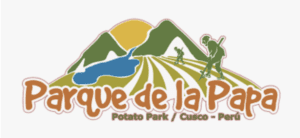
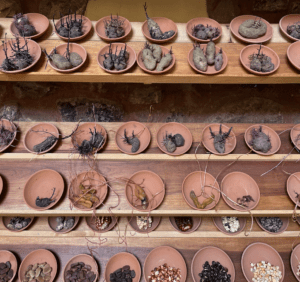
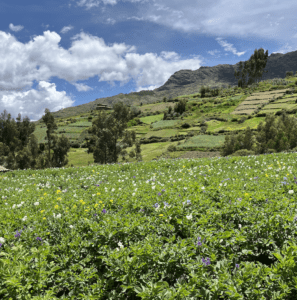

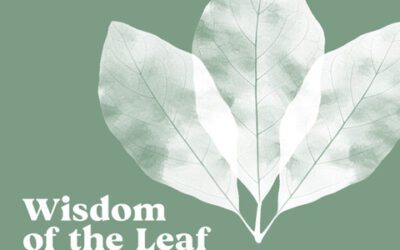
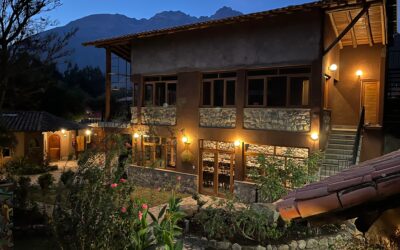
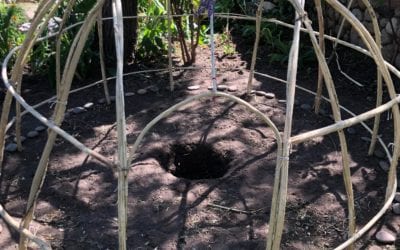
Recent Comments